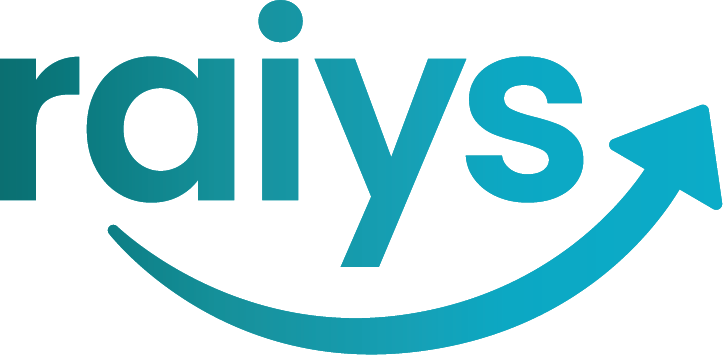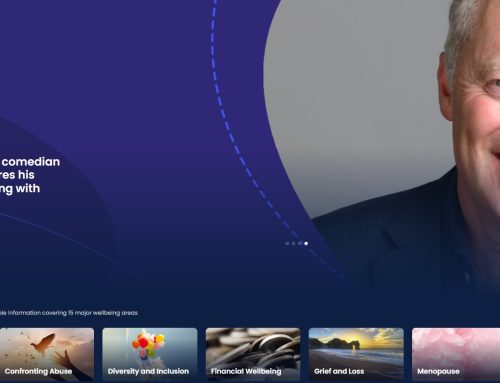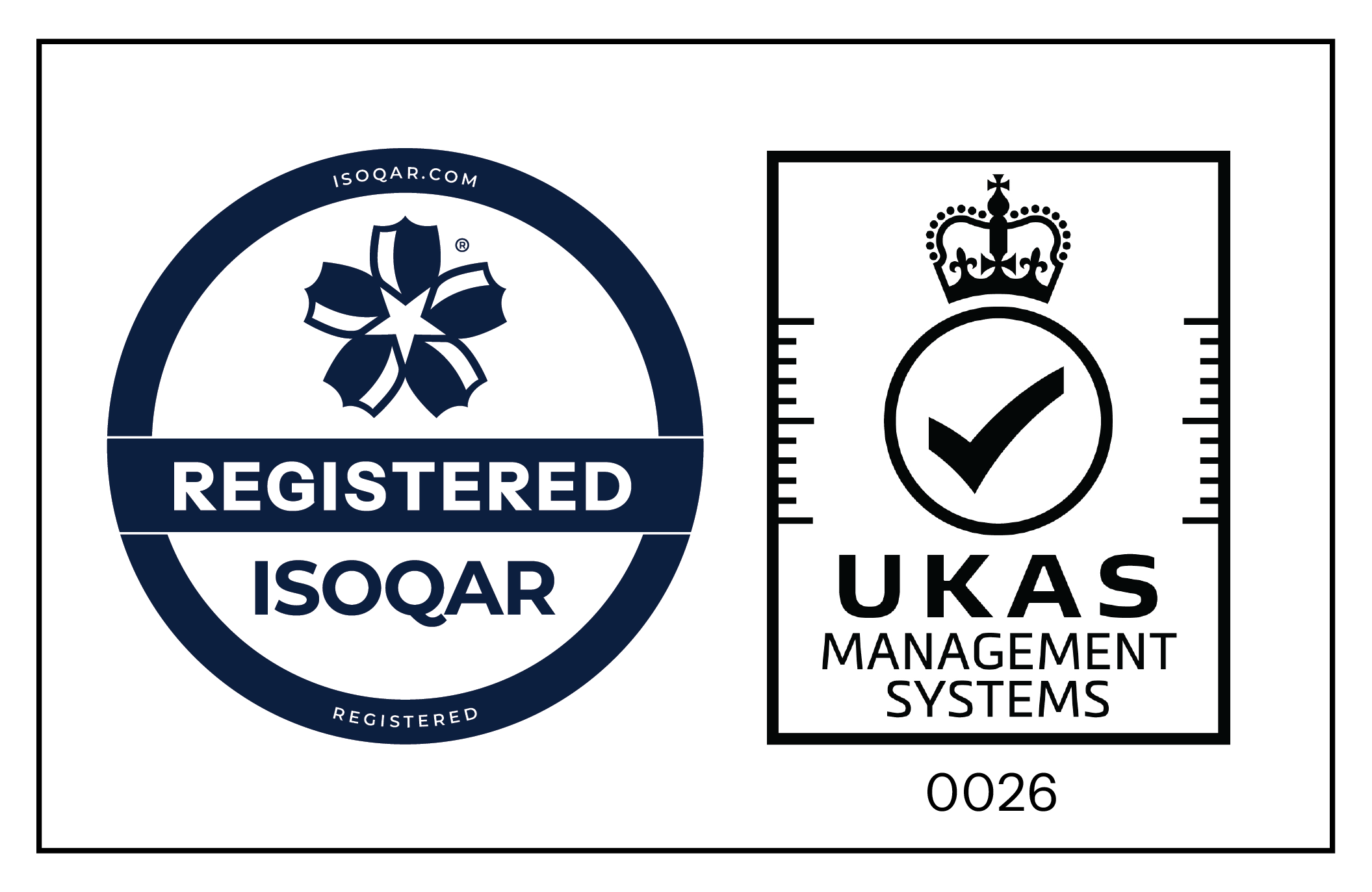As we usher in a new era of hybrid working, and tech integration is further accelerating change to the future of work, one thing we do know is that human connection is key to a productive, happy and effective work culture.
Now over three years since the global pandemic started, it’s clear that hybrid working is here to stay. It’s changed the way we expect companies to operate with 48%of people saying they would start looking for alternative employment if their employer didn’t offer a flexible hybrid work environment.
Research has shown that hybrid teams can be trusted to work from home, with a 13% rise in productivity. And they are reaping benefits too – being able to spend more time with family or on hobbies instead of commuting. In fact 86% of people believe that it reduces stress. Companies benefit by reduced office floor space, and lower budgets for travel, hospitality and meetings.
Yet there is also a collective sense of stagnation and listlessness. Perhaps we are missing a sense of belonging?
Employers can do so much to help counteract this and foster the human connection that would naturally happen within the physical office – those ‘water cooler moments’ or impromptu catch-ups walking between meetings.
Here are five research-backed methods you can implement to keep your culture of connection alive:
1. Connect through shared purpose
In his now famous TED Talk, Simon Sinek shared why it’s so important for companies and leaders within companies to start with why they do what they do. Essentially this connects both remote employees and customers to a reason greater than the everyday ‘what’ which can often be dull-sounding.
Shared purpose brings remote working employees together whilst giving them a clear foundation to make decisions and work together. Bringing this sense of shared purpose can be harder with hybrid teams, but not impossible. Leaders must be much more intentional and ensure each employee understands your company’s big ‘why’ and how they contribute towards it. What are your company’s core values and how do they practically come to life through everyday actions? How are you sharing this with and amongst hybrid teams?
2. Intentionally create space for connection
There is a clear link between motivation and human connection. Research outlined in the report, One Year Into COVID: The Pandemic’s Impact on How We Work, revealed workers are feeling more anxious (37%), isolated (31%), overwhelmed(28%), and less motivated (24%). When asked what was causing this, by an overwhelming margin, 59% of those surveyed cited “less human connection” as the culprit
We are social creatures and ‘face time’ even if virtual is not an optional extra but essential for your company’s life force and remote teams.
3. Take a human-first approach
There won’t be a one-size-fits-all approach you can take. People are different and have different personalities, needs and ways of working. Try bringing in personality profiling such as the Myers-Briggs or DISC tools so that you can take a tailored approach that works for each individual. Some employees will feel that a Virtual happy hour is a waste of time whilst others will thrive off of the connection. When you can offer a way of working and connecting that works for each individual, you can truly ensure all stay as engaged and motivated as possible.
4. Be a boss with boundaries!
One of the most common complaints about hybrid working is that employees can often feel they never switch off. Ensure that you set clear expectations around working hours and encourage ways of working that don’t mean people feel they are perpetually at work. This could look like using ‘schedule send’ for emails sent outside of working hours or encouraging turning on out-of-office auto-replies when necessary. Ensure each team has clear and transparent ways of working with a clear communication plan so no one feels left out and equally there is no late-night emailing causing high levels of anxiety among teams. We know The Pareto Principle is a generally accepted rule where 20% of the tasks drives 80% of the results, we just need to ensure we are focusing on the right 20% and not eating into people’s weekends with work that could easily wait until the working week.
5. Embrace failing forwards
The expectations and evolution around hybrid working are sure to continue well into the rest of this decade. Leaders who can hold up their hands when they get it wrong will be respected – no one has had to navigate through a global pandemic with communications all being virtual before.
It’s likely that some of the strategies implemented may not have the results that were intended and that’s OK – if leaders are open to failing forward, this can all be part of the evolution of your company’s culture. By admitting this –while ensuring your organisation knows you will adjust and try again – you create a culture of authenticity and vulnerability, where your employees will feel connected and psychologically safe.
We know from the work of Brené Brown that people need a sense of psychological safety to be vulnerable which enables them to take courageous steps. Being open, vulnerable, and authentic lets people know where they stand with you.
Key takeaway
Have a shared purpose, create space for connection, recognise that everyone is different, set boundaries and fail forwards! Doing this work will reap huge rewards for your company in terms of culture, productivity and overall success.
To find out more about how we can help you support the wellbeing of your staff, both digitally and in person, get in touch today.















